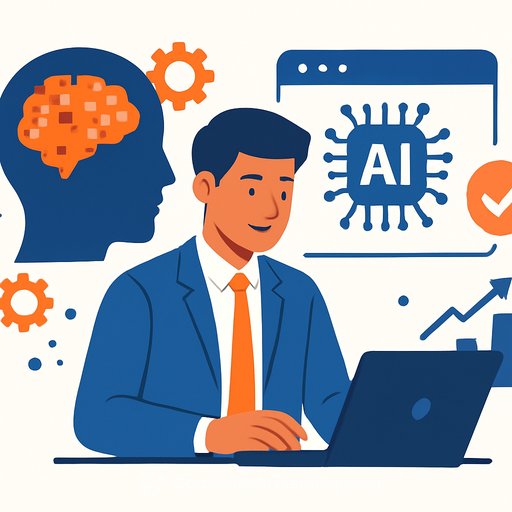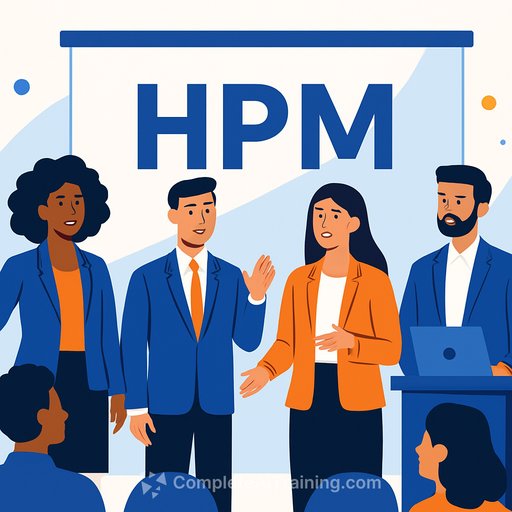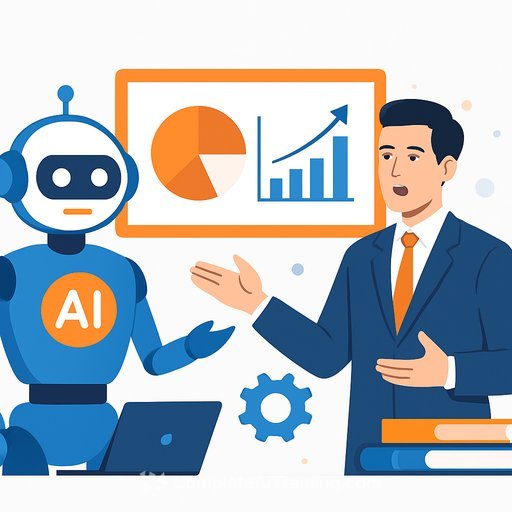Upskilling: Bridging Malaysia's AI Talent Gap
Malaysia has a clear skills problem: industry needs job-ready talent, but many graduates leave with credentials that don't translate into work. Programmes are still mostly supply-led, with minimal employer input, slow approval cycles and unclear criteria. The result is underemployment in tech, while AI automates tasks that used to be entry-level stepping stones.
"Too many graduates enter the job market with theoretical knowledge but lack exposure to real-world tools, industry practices or the digital fluency employers now expect, especially alongside AI systems," says Razin Rozman, founder and group CEO of Edvance.
Why the current model stalls
Training is largely designed by providers, not by the companies doing the hiring. Entry barriers can be confusing or restrictive, and approvals take too long for businesses that need skills now. Access is uneven across states and income levels, leaving many behind even as demand surges.
These gaps hit fresh grads hardest. Without hands-on experience or basic AI literacy, they struggle to land roles that used to be their on-ramp into tech.
A demand-led, industry-embedded blueprint
The shift Malaysia needs: a demand-led model where employers co-create curricula, run apprenticeships inside companies and fund the infrastructure that makes skills stick. Think a UK-style national apprenticeship pathway, but tuned for AI, chip design, cybersecurity and digital services.
- Co-design role-to-skill maps with hiring managers, not vendors.
- Run project-based apprenticeships and employer-led bootcamps on real stacks and workflows.
- Guarantee interview pipelines, co-fund labs and keep standards vendor-neutral.
"Malaysia must shift to a demand-led model. We need employers at the table co-developing curriculum, co-funding labs, offering real-world briefs and guaranteeing interview pipelines. But to remain agile and equitable, we must also ensure vendor neutrality," says Razin.
Make learning part of the job
Upskilling can't be a one-off event. It has to live inside day-to-day work through micro-learning, mentoring, stretch assignments and exposure to production tools and data. That's how teams keep pace with AI adoption without pausing the business.
"Sustainability comes from embedding learning into the everyday rhythm of work, not treating it as a siloed HR function. That includes empowering managers to coach, integrating learning KPIs into performance reviews and giving employees space and time to grow," adds Razin.
Use data to steer skills
HR, IT and engineering leaders need a shared skills view: what exists, what's missing and what's moving. Use skills inventories, performance signals and learning progress data to personalise development and prove outcomes. This turns training spend into visible capability gains.
Signals from high-performing ecosystems
South Korea is building AI talent at national scale - AI graduate schools, applied AI and semiconductor tracks, and a long-term funding commitment under its AI transition strategy. Seoul's 10,000-Talent plans focus on bootcamps tied to priority industries like chip design and manufacturing.
Singapore is tripling its local AI workforce with employer-led programmes and clear pathways. Its National AI Strategy 2.0 expands paid AI apprenticeships and keeps universities updating applied AI content through platforms like MySkillsFuture.
"Both countries demonstrate how strategic investment, institutional coordination and industry-led programme design can close AI talent gaps," says Razin.
What the market is already doing
Global firms are co-developing talent pipelines tied to real roles. Google and IBM have job-aligned certifications; Huawei and Alibaba embed hands-on tools and assessments in university curricula. The message is clear: credentials must translate into demonstrable, workplace-ready capability.
GLCs, VCs and SMEs: pull in the same direction
Systemic change starts with employers, GLCs and the private sector co-engineering pathways - recruitment, onboarding, upskilling, retention and workforce planning. Edvance is advocating a scalable, inclusive model with apprenticeships co-designed by employers, focused on Malaysia's priority sectors.
Venture capital has a role too. Edvance's partnership with Kumpulan Modal Perdana (KMP) supports start-ups on organisational design, leadership development and role-specific upskilling from day one. "Ecosystem partners such as Edvance can provide tailored learning and development programmes, role-specific onboarding, project-based upskilling and technical leadership development, designed around the real operational needs of high-growth start-ups," says Yarham Yunus, CEO of KMP.
KMP and Edvance plan to expand collaboration into talent analytics, benchmarking and knowledge-sharing so portfolio companies make smarter workforce decisions. "We hope this partnership will raise the talent bar across KMP's ecosystem and serve as a national model for how GLCs and strategic investors can drive human capital outcomes alongside financial returns," Yarham adds.
Practical 90-day plan for HR, IT and Development leaders
- Days 1-30: Pick three priority roles (for example, data analyst, ML engineer, security analyst). Map tasks, tools and required skill levels. Audit existing staff skills and vendors. Set outcome metrics: time-to-productivity, defect rate, incident MTTR, model quality, security posture.
- Days 31-60: Stand up a pilot apprenticeship with two real projects per role. Pair each learner with an engineering or product mentor. Train managers on coaching and feedback. Define acceptance criteria and portfolio evidence for completion.
- Days 61-90: Run capstones on production-like datasets and pipelines. Lock in interview pipelines for graduates. Publish a basic skills dashboard. Secure co-funding with local partners and document a repeatable playbook.
Timeline forecast
Entry-level gaps can be addressed in 1-2 years with outcome-based training - apprenticeships, employer-led bootcamps and role-aligned skills programmes in software development, data analytics and cybersecurity. Graduates and career-switchers can reach job-ready status in months with the right model.
Mid-level depth and leadership take 3-5 years. Progress depends on retention, structured on-the-job learning and clear progression pathways. Long-term funding, policy consistency and openness to global talent will determine how far and how fast Malaysia closes the gap.
Where to start
If you need practical, role-based paths that support vendor-neutral learning and measurable outcomes, these resources can help:
Shift from supply to demand. Bring employers into the training room. Build skills in the flow of work. That's how Malaysia gets a future-ready, AI-literate workforce - at scale.
Your membership also unlocks:










